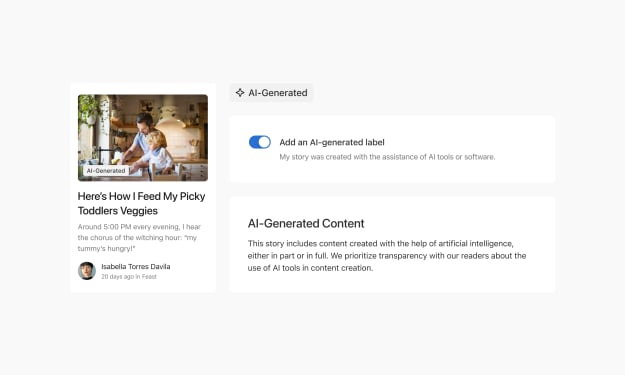
The release of COVID-19 relief packages and economic stimulus measures has played a crucial role in mitigating the social and economic impacts of the global pandemic. Governments around the world have recognized the urgent need to provide financial support to individuals, businesses, and communities affected by the COVID-19 crisis.
These relief packages and stimulus measures have been designed to address various aspects of the economic fallout caused by the pandemic. They typically include a combination of direct cash payments, expanded unemployment benefits, grants and loans for businesses, funding for healthcare systems, and support for essential services.
One of the primary objectives of these measures has been to provide immediate relief to individuals and families facing financial hardship due to job losses, reduced working hours, or business closures. Direct cash payments, often referred to as stimulus checks, have been a common feature of many relief packages, aimed at helping individuals cover basic needs and stimulating consumer spending.
Another important focus of these measures has been on supporting businesses and preventing widespread bankruptcies. Small businesses, in particular, have received targeted assistance through grants, loans, and wage subsidy programs, allowing them to retain employees, pay bills, and sustain their operations during the economic downturn.
Furthermore, these relief packages have recognized the importance of healthcare systems in responding to the pandemic. Funding has been allocated to enhance medical infrastructure, acquire essential equipment and supplies, and support research and development of vaccines and treatments.
The release of these packages has also highlighted the role of governments in fostering economic recovery and stability. By injecting significant amounts of capital into the economy, these measures aim to stimulate demand, create employment opportunities, and restore confidence in financial markets.
However, the design and implementation of these relief packages have not been without challenges. Governments have had to grapple with the task of balancing the need for immediate relief with the long-term sustainability of public finances. Additionally, ensuring that the support reaches the most vulnerable populations and marginalized communities has been a critical aspect of these programs.
As the pandemic continues to evolve, the release of further relief packages and stimulus measures remains a priority. Governments are adapting their strategies to address emerging needs, such as targeted support for industries heavily impacted by ongoing restrictions or the introduction of measures to promote sustainable and inclusive recovery.
Ultimately, the release of COVID-19 relief packages and economic stimulus measures represents a coordinated effort by governments to provide a safety net and support the recovery of individuals, businesses, and economies. These measures have been instrumental in providing much-needed relief during these challenging times and will continue to play a vital role in shaping the path towards post-pandemic recovery.
The release of COVID-19 relief packages and economic stimulus measures has not only provided immediate financial assistance but has also served as a lifeline for many individuals and businesses, helping to prevent a deeper economic crisis. These measures have demonstrated the importance of government intervention in times of crisis and have sparked discussions about the need for more robust social safety nets and resilient economic systems.
Furthermore, the release of these packages has highlighted the interconnectedness of the global economy. Many countries have coordinated their efforts to provide relief and stimulate economic recovery on a global scale. The international collaboration and support have underscored the shared responsibility of nations in addressing the socioeconomic impacts of the pandemic.
However, challenges remain, including the need for effective targeting of resources, ensuring transparency and accountability in the distribution of funds, and adapting the measures to the evolving needs of individuals and businesses. Continued monitoring and evaluation of these relief packages will be essential to optimize their impact and support long-term recovery and resilience in the post-pandemic era.
About the Creator
Noel
Ink and Inspiration: The Journey of a Powerful Writer
be-blessed






Comments
There are no comments for this story
Be the first to respond and start the conversation.